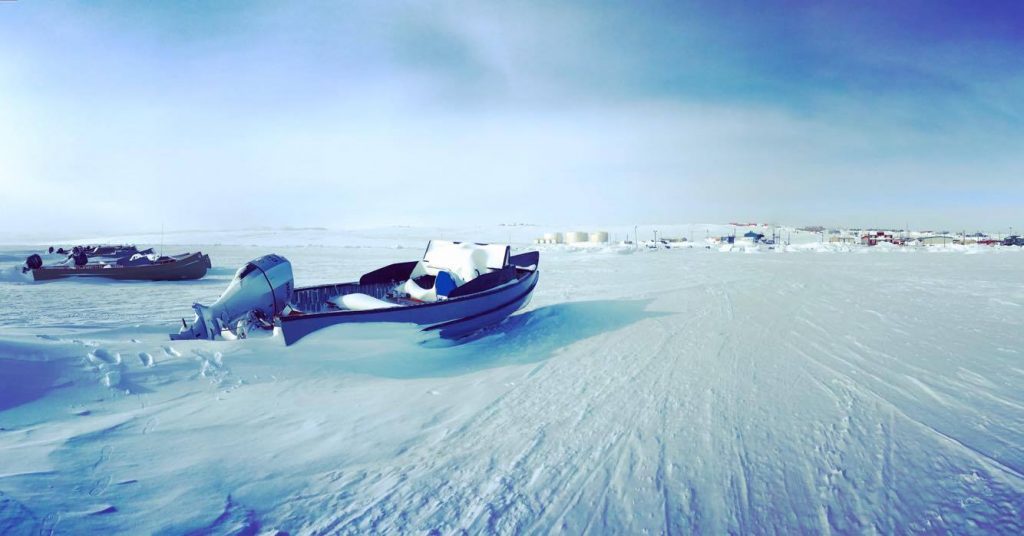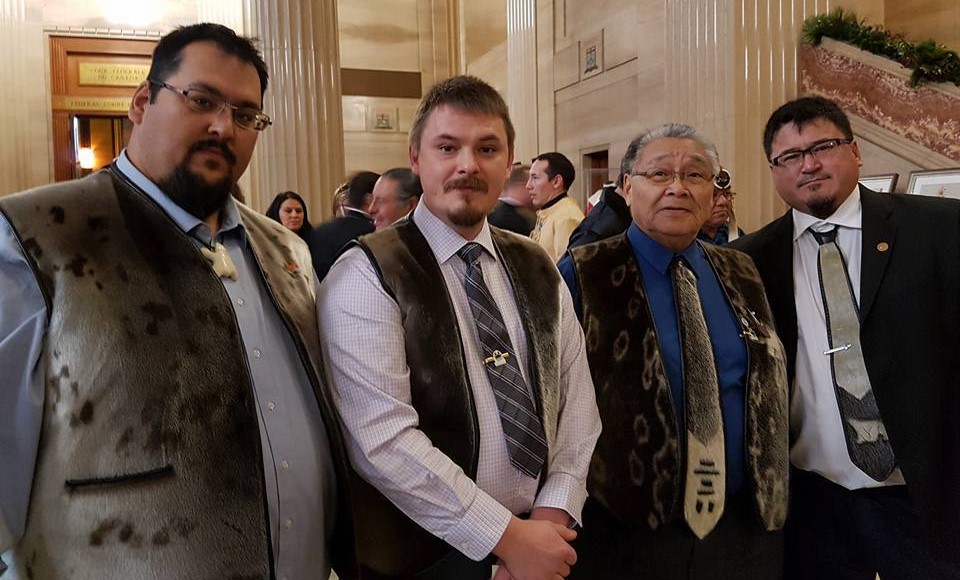QIA spent over $100,000 to support Clyde River’s legal fight against seismic testing
 There’s a lot of misinformation on how Qikiqtani Inuit Association (QIA) supported Clyde River’s fight against seismic testing. In short, QIA contributed over $100,000 in financial contributions towards Clyde River’s legal battle against seismic testing. That’s in addition, to the political, technical and legal support the Inuit Association provided the hamlet in this legal battle.
There’s a lot of misinformation on how Qikiqtani Inuit Association (QIA) supported Clyde River’s fight against seismic testing. In short, QIA contributed over $100,000 in financial contributions towards Clyde River’s legal battle against seismic testing. That’s in addition, to the political, technical and legal support the Inuit Association provided the hamlet in this legal battle.
Yesterday’s, Supreme Court of Canada decision confirmed the right of Inuit to meaningful consultation.
The Hamlet of Clyde River and the local Hunters and Trappers Organization (HTO) were on the forefront of this successful challenge of the June 2014 decision of the National Energy Board (NEB), which had permitted seismic testing by industry for oil and gas reserves.
The July 26 landmark ruling by the Supreme Court of Canada overturned the 2015 decision of the Federal Court of Appeal which had dismissed Clyde River’s hamlet and HTO application challenging the NEB decision. In overturning that 2015 decision, Canada’s highest court has taken the opportunity to clarify the legal standard and requirements for consultation with indigenous communities.
Since 2012, QIA has contributed $119,674 in direct funds to Clyde River’s hamlet and HTO for their legal fight against seismic testing.
Here’s the breakdown of those costs:
- $40,000 in court costs
- $57,509 towards workshops and consultations for the community to gather information for the legal battle
- $12,165 in travel costs to allow delegates from the hamlet and HTO to attend court hearings
This figure does not include the costs associated with the time QIA’s staff devoted to this work. It also does not include the costs associated with the president’s work on this legal battle.
 In addition, to the money QIA spent on this legal fight, the Inuit association also politically and legally supported Clyde River in this challenge.
In addition, to the money QIA spent on this legal fight, the Inuit association also politically and legally supported Clyde River in this challenge.
As stated in the Supreme Court’s written decision, QIA in partnership with other Inuit organizations such as Nunavut Tunngavik Inc. (NTI), submitted numerous letters of comment to the courts speaking about the need for full and meaningful consultation with Inuit.
“Throughout the environmental assessment process, Clyde River and various Inuit organizations filed letters of comment with the NEB, noting the inadequacy of consultation and expressing concerns about the testing,” states the written decision.
Every Inuit organization had a role to play in the fight against seismic testing in Baffin Bay and Davis Strait.
The Hamlet of Clyde River and the HTO led this legal battle, NTI was the Designated Inuit Organization supporting this legal work as an official intervener. In turn, QIA’s main role was to continue its work with communities to identify and gather Inuit traditional Knowledge (IQ). This information will be integrated into the Strategic Environmental Assessment, in part to identify areas that are considered environmentally sensitive to Inuit.
Currently, QIA is working with Indigenous and Northern Affairs Canada, NTI and the Nunavut Impact Review Board as the lead to conduct a Strategic Environmental Assessment of Baffin Bay and Davis Strait.
No one knows what the impacts of seismic testing may be in Baffin Bay and Davis Straight and QIA believes that the Strategic Environmental Assessment will help provide the scientific gaps in knowledge on these questions. This work is another piece of the puzzle in terms of gathering information on the impacts on Inuit rights such as hunting rights.
While this particular legal battle is over, development will continue in the North. By collecting both scientific and traditional knowledge, QIA is arming Inuit with information to better prepare with similar cases in the future.






